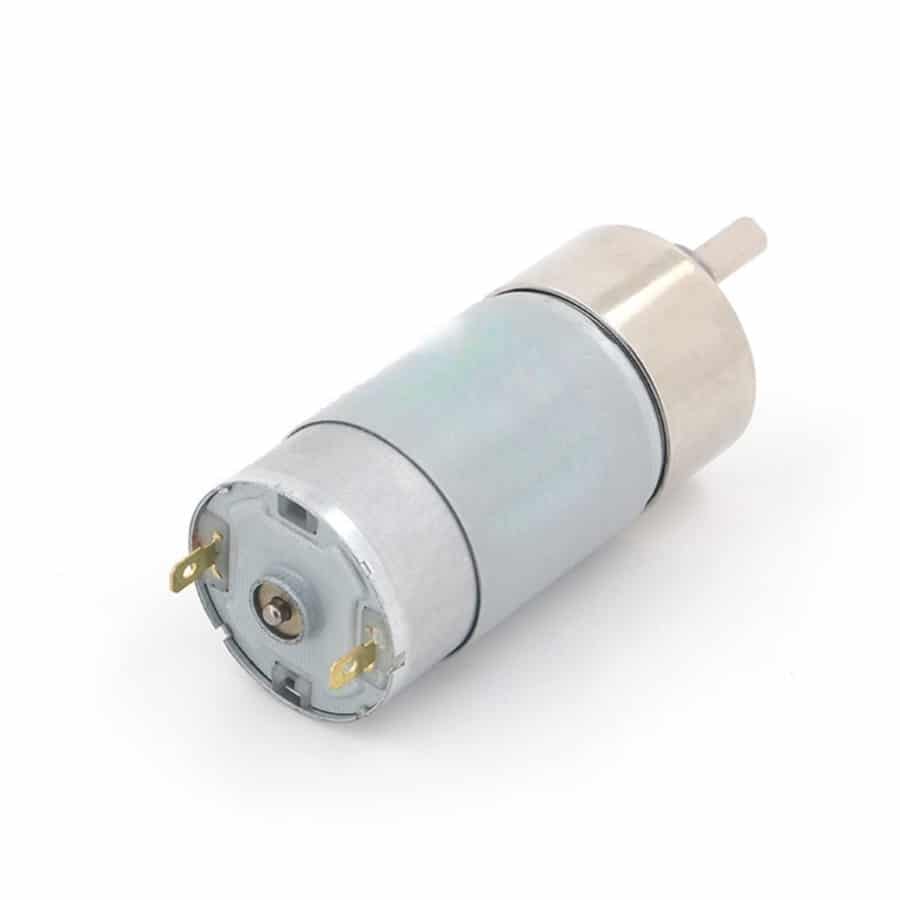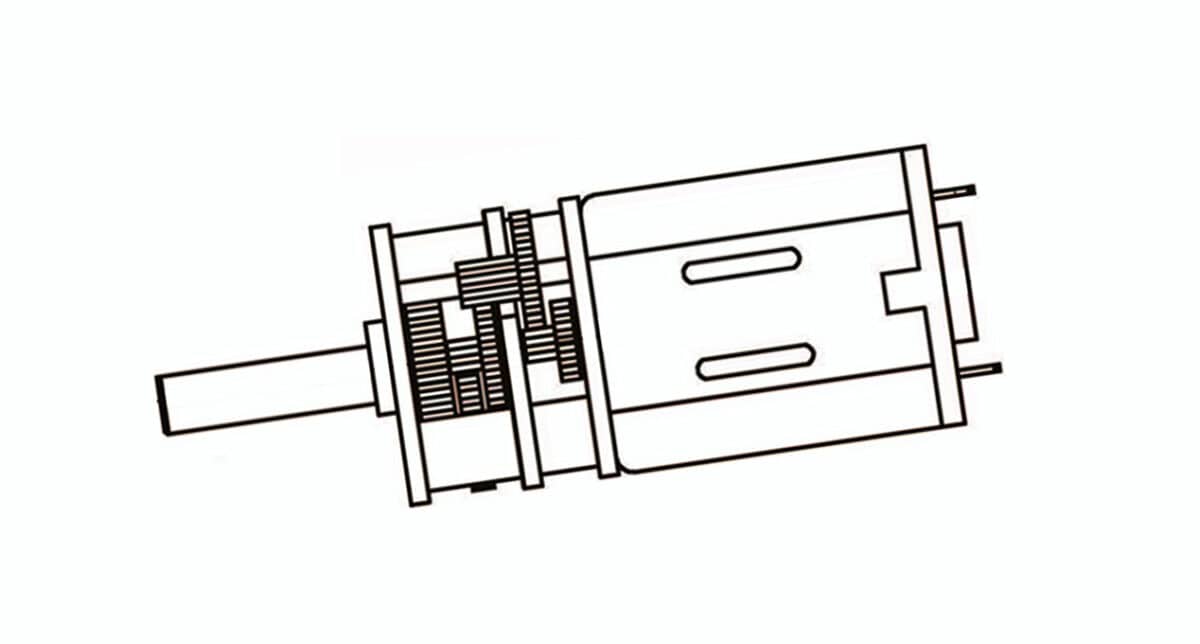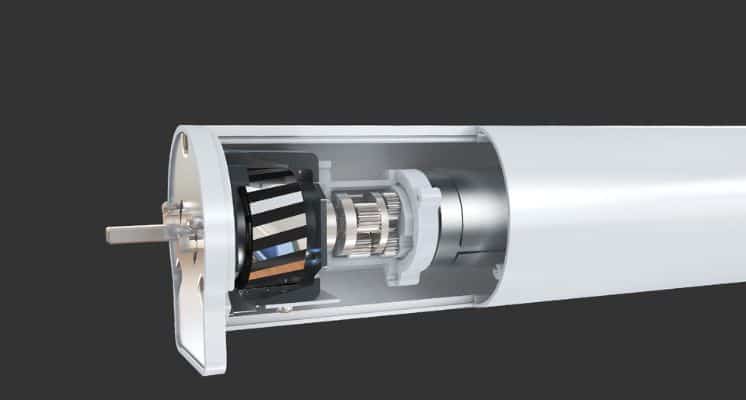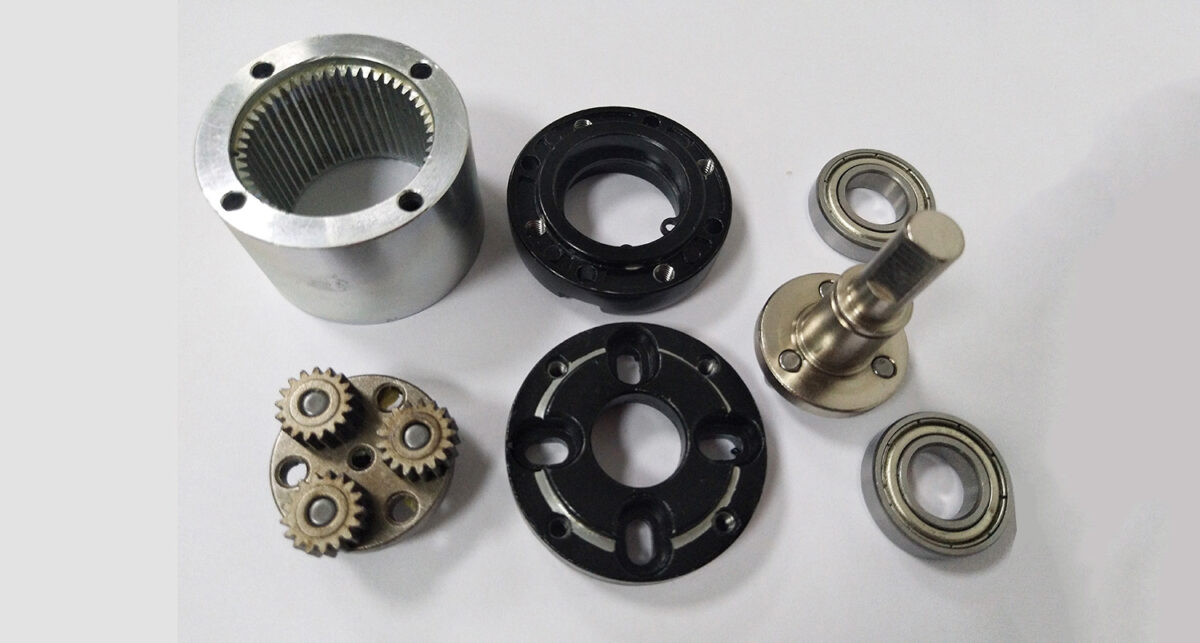"Struggling to pick the right gear motor? Learn how to choose a gear motor with our expert guide, covering types, specs, and tips for your next project."
Table of Contents
Introduction
Ever stared at a stack of gear motor specs and wondered where to even start? You’re not alone. Picking the right gear motor can feel like finding a needle in a haystack—except this needle powers your smart home gadget, robotics project, or vending machine. Get it wrong, and you’re stuck with sluggish performance, wasted cash, or a motor that burns out faster than a cheap light bulb. Get it right, though, and your project hums along like a dream. So, how do you choose a gear motor that fits your needs without losing your mind?
Let’s break it down. First off, what is a gear motor? In simple terms, it’s a motor paired with a gearbox to tweak speed and torque—think of it as the muscle behind your device’s motion. Whether you’re automating a security system or building a medical care tool, the right gear motor is the difference between “meh” and “wow.” Lucky for you, this guide’s got your back. With years of crafting custom solutions at Etonm Motor, we’ve learned a thing or two about matching motors to projects. Stick with us, and we’ll walk you through the must-knows—no engineering PhD required!
What Is a Gear Motor and Why Does It Matter?
So, what is a gear motor, anyway? Picture this: it’s a regular electric motor—like the ones in your kid’s toy car—hooked up to a gearbox. That gearbox is the magic ingredient. It takes the motor’s raw speed and tweaks it, either slowing things down for more oomph (that’s torque) or keeping it zippy for lighter jobs. In short, a gear motor is the unsung hero that makes your device move just right, whether it’s opening a smart home curtain or powering a robotic arm.
Why does this matter? Because not all gear motors are created equal. There are different types of gear motors—think planetary, worm, or brushless—and each shines in specific situations. Pick one that’s too weak, and your sanitary dispenser might jam mid-squirt. Go overboard with power, and you’re wasting money on a motor that’s overkill for your electric valve. It’s all about balance. At Etonm Motor, we’ve seen projects soar (and a few flop) based on this choice alone. Nail it, and your application runs smoothly, lasts longer, and keeps costs in check. Ready to dig deeper? Let’s talk types next.

Types of Gear Motors You Should Know About
Not all gear motors are the same, and that’s a good thing—different jobs need different tools. Let’s break down the main types of gear motors you’ll run into, so you can figure out which one’s your project’s best buddy. At Etonm Motor, we’ve built plenty of these, so here’s the scoop straight from the source.
First up, Planetary Gear Motors. These are the precision champs—compact, strong, and smooth. The gears sit in a nifty circular setup, making them perfect for robotics or medical devices where accuracy is king.
Next, Worm Gear Motors. They’re quieter and great for tight budgets, with a unique right-angle design that’s a win for vending machines or security systems. Just don’t expect them to handle super-heavy loads.
Then there’s Flat Gearbox Motors, built for squeezing into tight spaces—like a gear motor for smart home gadgets that need to stay out of sight. Round Gear Motors are the all-rounders, versatile enough for electric valves or sanitary dispensers.
Finally, Brushless Motors ditch the brushes for longer life and efficiency, ideal for high-use stuff like medical care tools.
Each type has its quirks. Planetary might cost more, but it lasts. Worm’s affordable but slower. Knowing these trade-offs is step one to picking a winner. Let’s talk specs next!
Key Factors in Gear Motor Selection Guide
Choosing a gear motor isn’t rocket science, but it’s not a wild guess either. To nail it, you need to zoom in on a few key factors. Here’s your gear motor selection guide, broken down into bite-sized chunks—straight from the playbook we use at Etonm Motor.
1. Torque and Speed Requirements
First things first: how much muscle and hustle does your project need? Torque is the twisting power—think of a vending machine pushing out a soda can. Speed is how fast it spins, measured in RPM. A quick tip: multiply torque by speed to get power (in watts). For example, a robotics arm might need high torque but low speed, while a fan wants the opposite. Check your load and match it up—Etonm’s Planetary Gear Motors are champs here.
2. Size and Mounting Options
Space matters. Got a tiny smart home device? A Flat Gearbox Motor might slide right in. Working on a chunky industrial valve? Round Gear Motors could fit the bill. Measure your setup and double-check mounting holes—nothing’s worse than a motor that won’t bolt down. Etonm’s custom options can save the day if off-the-shelf sizes don’t cut it.
3. Power Supply and Efficiency
What’s your juice? Most micro DC motors run on 12V or 24V, but brushless gear motors sip power better over time—great for medical tools that run nonstop. Match your voltage and think long-term: a little efficiency now saves headaches later.
Get these right, and you’re golden. Next up, let’s dodge some common slip-ups.
Common Mistakes to Avoid When Choosing a Gear Motor
Even with a solid plan, it’s easy to trip up when figuring out how to choose a gear motor. I’ve seen projects go sideways for totally avoidable reasons—let’s make sure yours doesn’t. Here are the big no-nos to dodge, straight from the trenches at Etonm Motor.
First, don’t ignore heat. A motor crammed into a tight space with no airflow can overheat faster than a microwave burrito. Check the specs for heat dissipation, especially for high-duty stuff like robotics. Another classic blunder? Oversizing. Sure, a beefy motor sounds great, but if your smart home lock doesn’t need that much torque, you’re just burning cash and battery life.
Then there’s the “set it and forget it” trap. I once saw a DIY robotics guy pick a worm gear motor for speed—big mistake. It couldn’t keep up, and his bot sputtered out mid-demo. Match the motor to your actual needs, not just what’s on sale. Lastly, skipping voltage checks is a rookie move. A 12V motor on a 24V supply? Fried in five minutes.
Avoid these, and you’ll save time, money, and a whole lot of frustration. At Etonm Motor, we’ve learned this the hard way—so you don’t have to. Let’s wrap up with why we’re worth a look.
Why Partner with Etonm Motor?
By now, you’ve got a solid grip on how to choose a gear motor—types, specs, and pitfalls included. But here’s where it gets real: finding a partner who can bring your vision to life. That’s where Etonm Motor steps in. We’re not just another gear motor maker; we’re the folks who’ve been tinkering with these things for years, turning ideas into motion.
What sets us apart? Customization, for one. Need a Planetary Gear Motor tweaked for a robotics prototype or a Flat Gearbox Motor that fits your smart home gizmo like a glove? We’ve got you covered. Our motors power everything from sanitary dispensers to medical care devices—stuff that needs to work day in, day out. Plus, we know the nitty-gritty of applications like security systems and vending machines, so you’re not starting from scratch.
Want to explore our lineup? Check out our Planetary Gear Motors for a taste of what we can do. We’re here to take the guesswork out of your project, whether it’s a one-off or a big batch. Got a tricky spec? Drop us a line—let’s make it happen together.
Conclusion
Picking the right gear motor doesn’t have to be a head-scratcher. With this gear motor selection guide, you’ve got the basics down: match torque and speed to your project, pick the right type—whether it’s planetary or worm—and don’t skimp on size or power checks. Dodge those rookie mistakes like oversizing or ignoring heat, and you’re already ahead of the game. Knowing how to choose a gear motor is half the battle; the other half is finding one that fits like it was made for you.
That’s where Etonm Motor comes in. We’ve poured years into perfecting motors for smart homes, robotics, and beyond—think custom solutions that save you time and headaches. Ready to get started? Browse our custom motor options or shoot us a message with your specs. Let’s turn your idea into something that moves—smoothly, reliably, and just the way you pictured it. Don’t let the wrong motor stall your project; make the smart pick today!
Related Reading
- Comprehensive Guide to Low-Noise Gear Motors: Features, Types, and Applications
- Introduction of Planetary Gear Motor for Robot
- How to Calculate Transmission Gear Ratio: A Comprehensive Guide for Gear Systems
- What is a Worm Gear Motor? The Ultimate Guide to Its Applications and Benefits
- Gear Motor Applications: Top Uses Explored
- Small Gear Motors: Key Differences Explained
- What is a Planetary Gear Motor Used For?
- Understanding Worm Gear Motor Price: Factors, Trends, and Tips
- Gear Motor vs DC Motor vs Stepper Motor: Key Differences
- Helical Worm Gear Motor vs. Worm Gear Stepper Motor
- Spur Gear Motor vs. Worm Gear Motor: Which Is Best?
- How to Choose a Coreless DC Motor for Your Project?
- Planetary Gear Motors vs. Spur Gear Motors: Which Wins?
- Planetary Gearbox Explained: How It Works
- Gear Motor Types and Applications Explained
- How to Choose the Right Planetary Gear Motor for Your Application
- How to Choose the Right Brushless Gear Motor for Your Application
- Valve Motor Guide: Types and Uses by Etonm Motor





